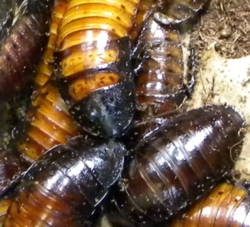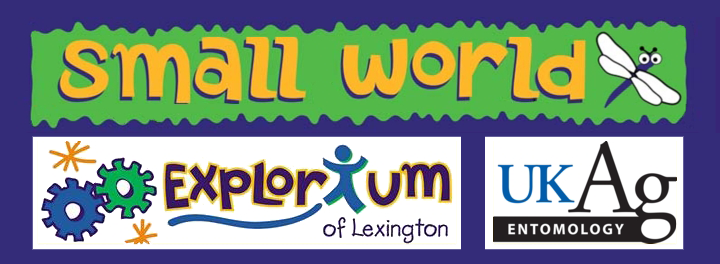Madagascar Cockroach
 Scientific Species Name: Gromphadorhina portentosa
Scientific Species Name: Gromphadorhina portentosa
Ecological role: ground-dwelling herbivore/scavenger
Native habitat: forests of Madagascar
Lifespan: 2-5 years
Maximum length: 3 inches
Life Cycle: Incomplete Metamorphosis
While most cockroaches (there are over 4000 different kinds) tend to inspire fear and disgust, the Madagascar Cockroach is a species that many people have grown to love! These large roaches are totally harmless and they do not bite or sting. They are also not “dirty.” While some cockroaches (like the German and American varieties) are known to thrive in garbage and to spread germs, the Madagascar Cockroach is a forest species that feeds on fruits and vegetables and lives inside fallen logs. These cockroaches are also wingless: many cockroaches, including the American Cockroach, are able to fly. Madagascar Cockroaches do not lay eggs. Instead, their eggs hatch inside of their bodies and the nymphs are born alive. All cockroaches have incomplete metamorphosis: the young resemble the adults, and there is no cocoon or pupa stage.
Do They Hiss?
Madagascar Cockroaches are sometimes called Giant Hissing Cockroaches or “hissers.” When frightened, this species is able to force air out of their breathing tubes (called spiracles; they are the little black dots on the sides of the roach’s abdomen) to create a loud, human-like hissing sound. Males will also hiss to establish dominance among other male cockroaches—kind of like the way that male lions will roar at each other.
What Are Those Things Crawling on the Roaches ?
These roaches have small mites that can be seen crawling over their exoskeletons. These mites are not harmful to the roach and they are not able to bite or infest humans.
Even More About Scorpions

